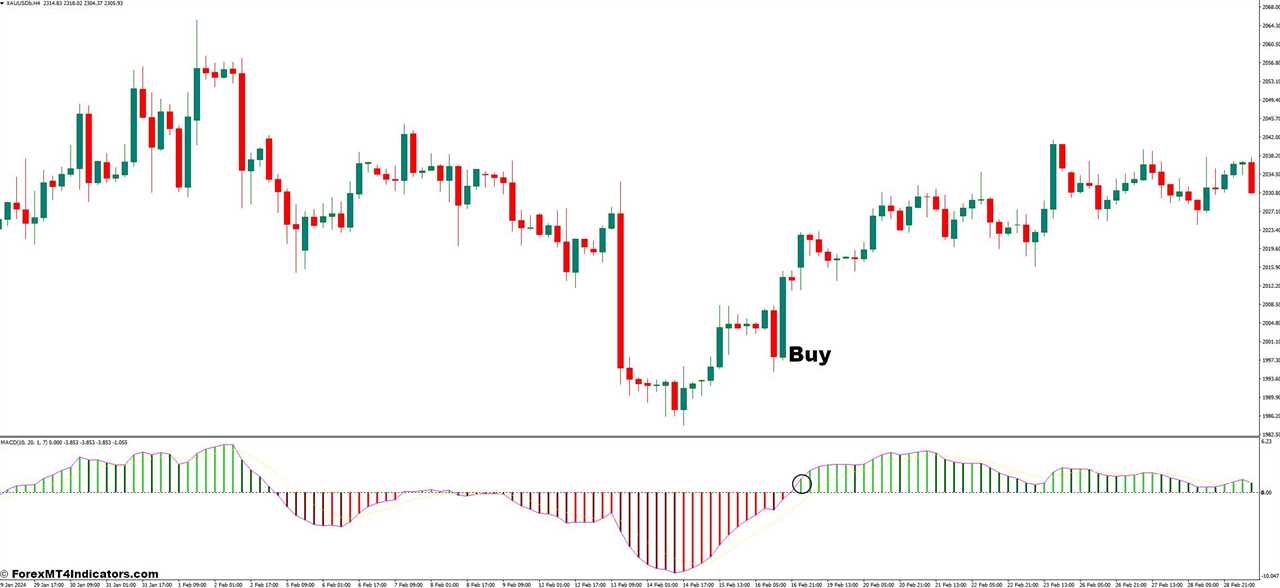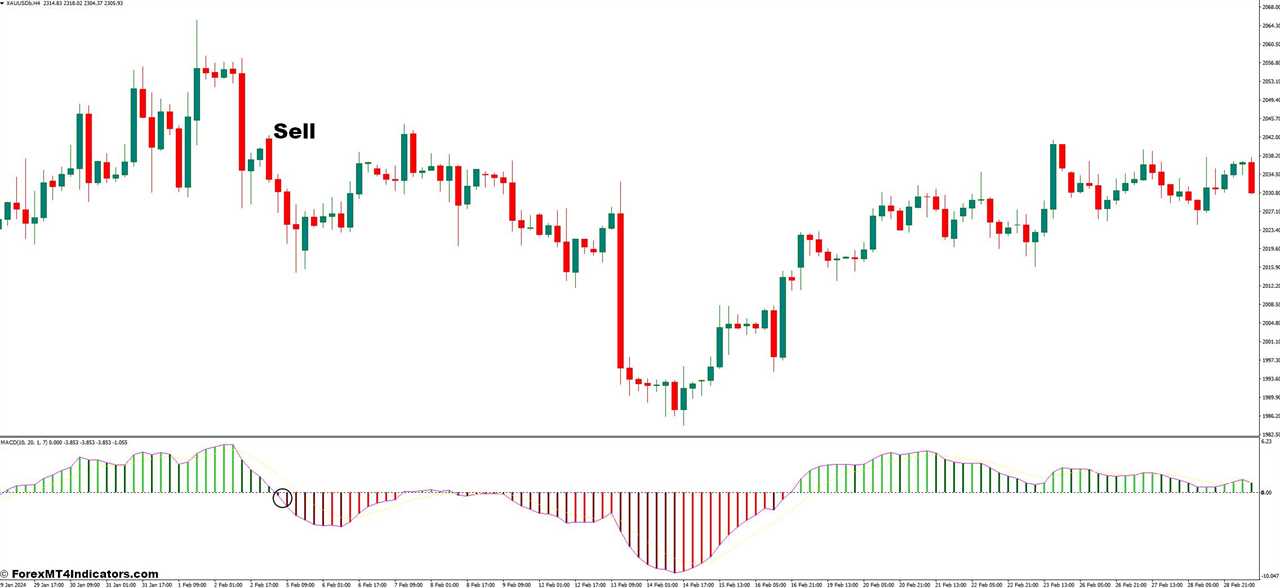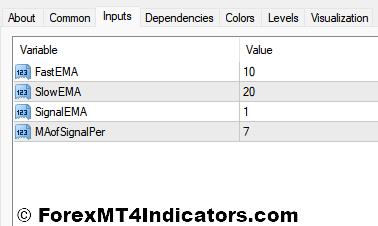The foreign exchange market, or forex for short, can be a thrilling yet intimidating arena for aspiring traders. While fundamental analysis digs into the economic health of a currency, technical analysis equips you with tools to dissect price movements and identify potential trading opportunities. One of the most popular technical indicators in a trader’s arsenal is the Moving Average Convergence Divergence (MACD) with EMA (Exponential Moving Average), a resident on the widely used MetaTrader 4 (MT4) platform. But fear not, forex enthusiasts! This comprehensive guide will unveil the mysteries of the MACD with EMA MT4 indicator, empowering you to make informed trading decisions with confidence.
Unveiling the Technical Arena
Before diving into the specifics of the MACD with EMA indicator, let’s establish a foundational understanding of technical analysis and the MT4 platform. Technical analysis is essentially the art of studying historical price charts and market data to forecast future price movements. It employs a vast array of tools, including indicators like the MACD, to identify trends, momentum, and potential support and resistance levels.
MetaTrader 4, or MT4 for short, is a widely used trading platform that offers a user-friendly interface for traders to execute trades, analyze markets, and employ technical indicators like the MACD. It boasts a plethora of features, including charting tools, order management systems, and automated trading capabilities. Having a solid grasp of technical analysis and familiarity with the MT4 platform will significantly enhance your understanding and application of the MACD with the EMA indicator.
Demystifying the MACD: Unpacking Its Components
Now, let’s delve into the heart of the matter – the MACD indicator. The Moving Average Convergence Divergence (MACD) is a momentum indicator that gauges the relationship between two moving averages of a security’s price. It essentially reveals the strength of a trend and potential turning points in the market. Here’s a breakdown of the key components that make up the MACD:
- Fast EMA (Exponential Moving Average): This is a moving average that reacts more swiftly to price changes, offering a clearer picture of short-term momentum.
- Slow EMA (Exponential Moving Average): This moving average smooths out price fluctuations and reflects the longer-term trend of the market.
- MACD Line: This line represents the difference between the Fast EMA and the Slow EMA. A rising MACD line indicates bullish momentum, while a falling MACD line suggests bearish momentum.
- Signal Line: This is a moving average of the MACD line itself, acting as a confirmation tool for identifying potential trend reversals.
By analyzing the interaction between the MACD line, the Signal Line, and price action on the chart, traders can glean valuable insights into market sentiment and identify potential trading opportunities.
Advanced MACD Strategies with EMA
Having grasped the fundamentals of interpreting MACD signals, let’s explore some advanced strategies that incorporate the MACD with EMA for more comprehensive analysis:
- Combining MACD with Other Technical Indicators: The beauty of the MACD lies in its versatility. Savvy traders often combine it with other technical indicators to strengthen their trading signals. For instance, incorporating the Relative Strength Index (RSI) alongside the MACD can offer valuable insights into overbought and oversold conditions. Similarly, using the Bollinger Bands in conjunction with the MACD can help gauge market volatility and identify potential breakout opportunities.
- Utilizing MACD for Exit Strategies and Trade Management: The MACD isn’t solely confined to entry signals. Traders can leverage it to establish exit points and manage their trades effectively. For example, a bearish crossover of the MACD line below the Signal Line, coupled with a confirmation from a bearish price pattern on the chart, could serve as an exit signal for a long position.
Remember, there’s no single “holy grail” indicator in technical analysis. The key is to triangulate the signals from the MACD with other indicators and validate them with price action confirmation for a more robust trading strategy.
Minding the Limitations
While the MACD with EMA is a powerful tool, it’s crucial to acknowledge its limitations:
- False Signals: Like any technical indicator, the MACD can generate false signals, particularly during periods of high market volatility or consolidation. Overreliance on MACD signals without considering other factors can lead to costly trading decisions.
- Market Noise: The MACD can be susceptible to market noise, especially on lower timeframes. The shorter the timeframe, the more erratic the price movements, potentially leading to choppy MACD lines and difficulty in interpreting signals.
To mitigate these limitations, it’s recommended to:
- Combine the MACD with other indicators for confirmation and a more holistic view of the market.
- Focus on higher timeframes (e.g., daily charts) to reduce market noise and enhance the reliability of MACD signals.
How To Trade With MACD with EMA
Buy Entry

- Crossovers: When the MACD line (blue) crosses above the Signal Line (orange) and both lines are positioned below zero, it can be a potential buy signal.
- Entry: Consider entering a long position (buying) shortly after the crossover is confirmed, ideally with a bullish candlestick pattern on the chart for added confidence.
- Stop-Loss: Place a stop-loss order below the recent swing low (typically the low of the previous candlestick) to limit potential losses in case the price action reverses.
- Take-Profit: There are two main approaches to take profits:
- Target-based: Set a take-profit level at a predetermined distance above the entry price, based on historical price movements or a risk-reward ratio you’re comfortable with.
- Trailing Stop-Loss: Employ a trailing stop-loss that automatically adjusts itself upwards as the price moves in your favor, locking in profits while allowing for some breathing room for price fluctuations.
Sell Entry

- Crossovers: When the MACD line (blue) dips below the Signal Line (orange) and both lines are positioned above zero, it can be a potential sell signal.
- Entry: Consider entering a short position (selling) shortly after the crossover is confirmed, ideally with a bearish candlestick pattern on the chart for added confidence.
- Stop-Loss: Place a stop-loss order above the recent swing high (typically the high of the previous candlestick) to limit potential losses if the price action reverses.
- Take-Profit: Similar to buy signals, you can utilize either a target-based take-profit or a trailing stop-loss to manage your exits.
MACD with EMA Settings

Conclusion
The foreign exchange market presents a captivating yet challenging landscape for aspiring traders. The MACD with EMA indicator, a resident on the MT4 platform, can be a valuable companion on your trading journey. By understanding its components, interpreting its signals, and integrating it with a well-rounded strategy, you can gain valuable insights into market momentum and potential trading opportunities.
Recommended MT4/MT5 Broker
XM Broker
- Free $50 To Start Trading Instantly! (Withdraw-able Profit)
- Deposit Bonus up to $5,000
- Unlimited Loyalty Program
- Award Winning Forex Broker
- Additional Exclusive Bonuses Throughout The Year
- Exclusive 50% Cash Rebates for all Trades!

>> Sign Up for XM Broker Account here with Exclusive 50% Cash Rebates For All Future Trades [Use This Special Invitation Link] <<
Already an XM client but missing out on cashback? Open New Real Account and Enter this Partner Code: 𝟕𝐖𝟑𝐉𝐐
(Free MT4 Indicators Download)

MACD with EMA MT4 Indicator
.png) InvestingStocksToolsClubsVideosPrivacy PolicyTerms And Conditions
InvestingStocksToolsClubsVideosPrivacy PolicyTerms And Conditions
